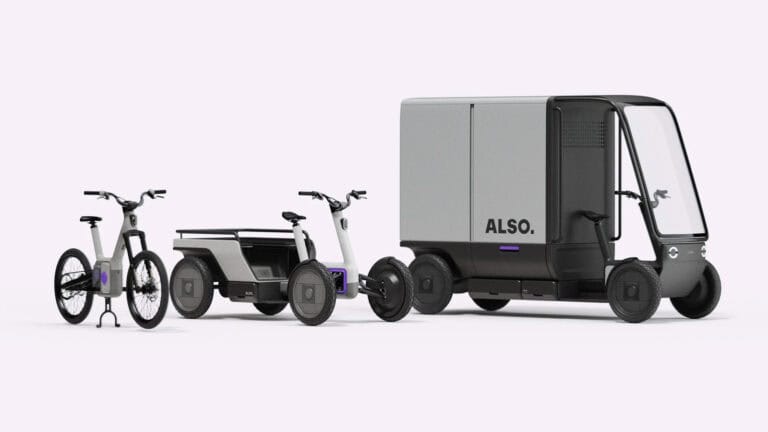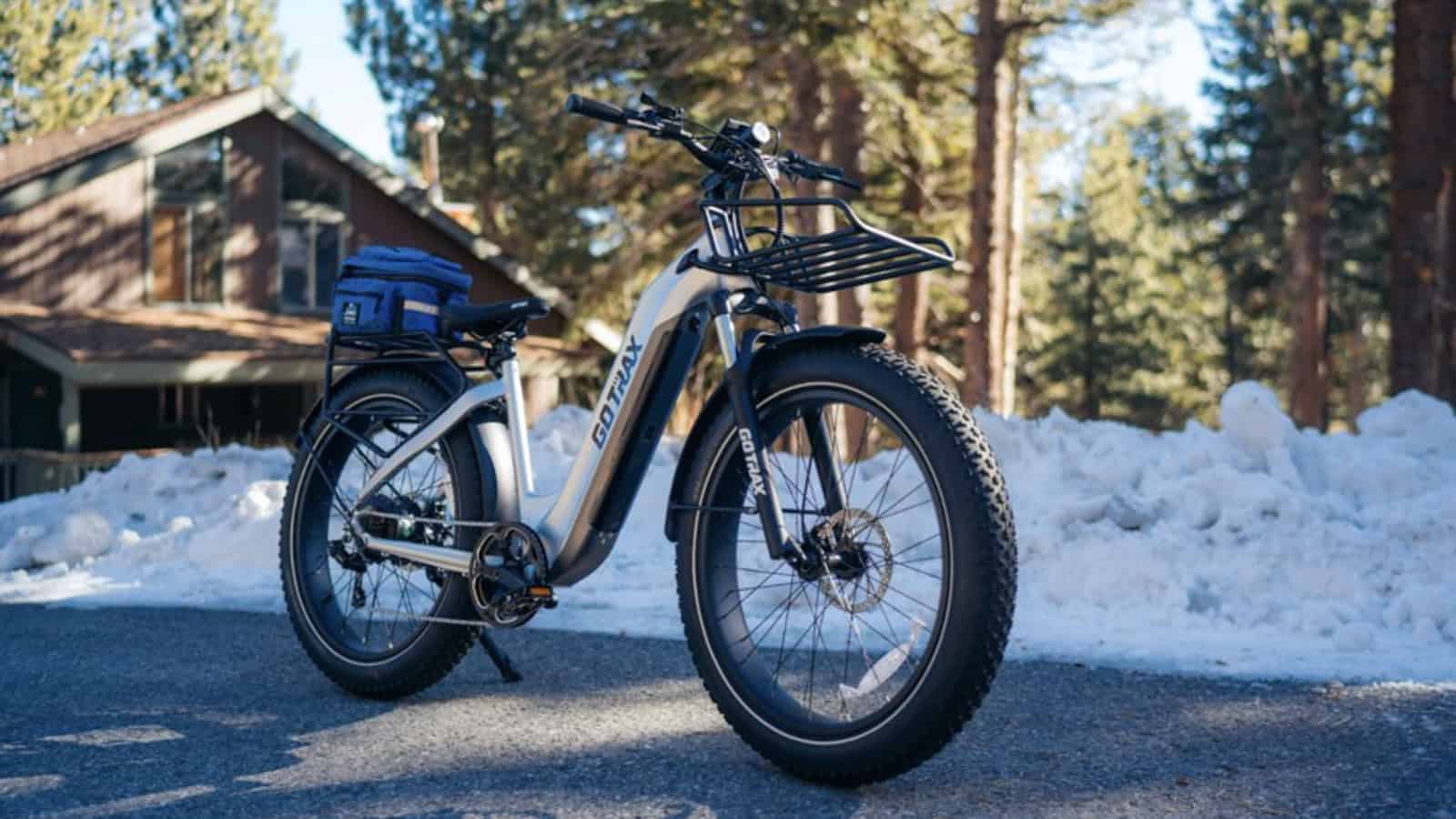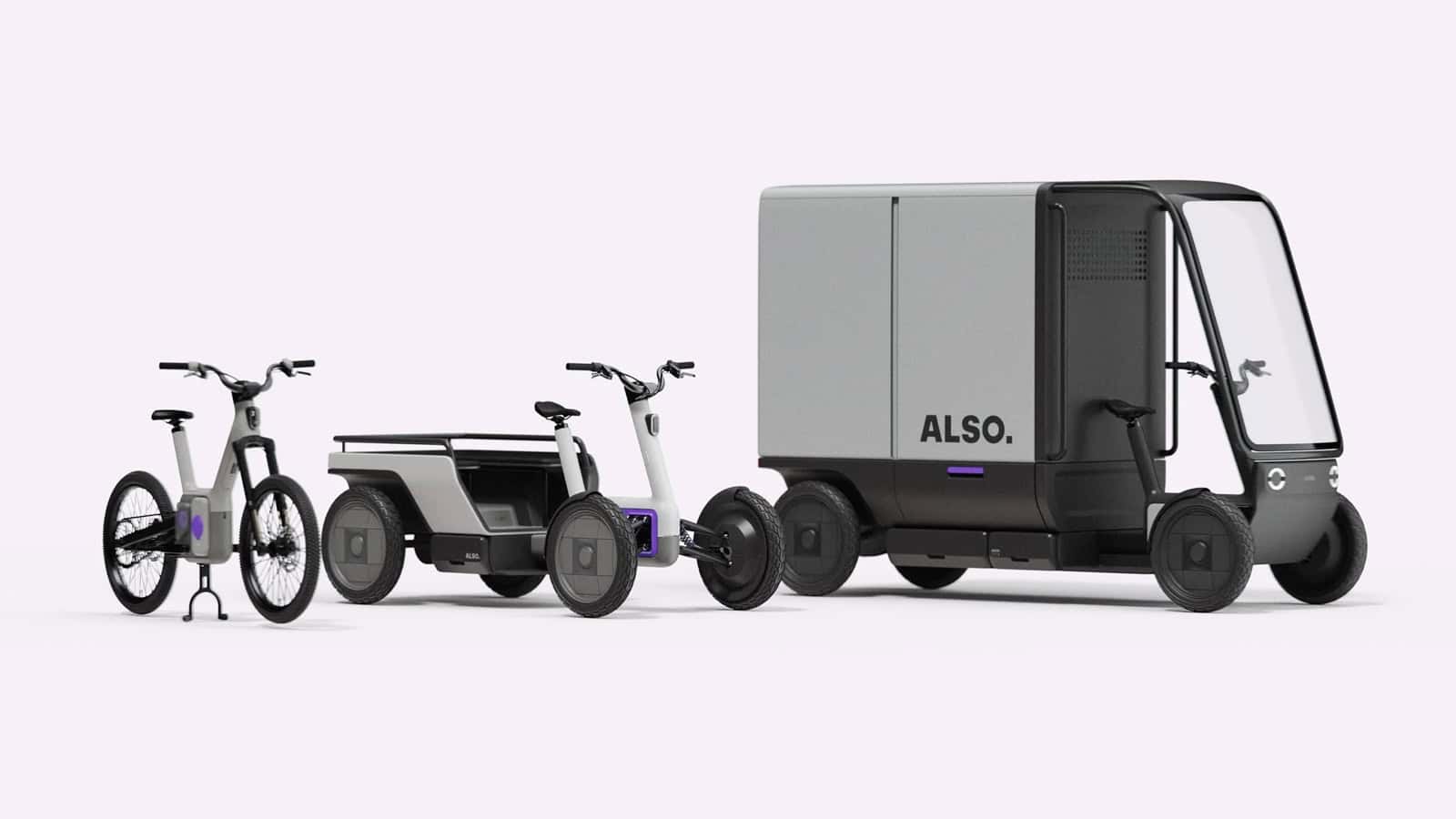Congress has come together to support the EBIKE Act, a vital step in ensuring the safety of electric bikes (e-bikes) across the nation. There have been an increasing number of battery fires, especially in New York City, that has spawned a bill in The House of Representatives that has both parties coming together in agreement. The EBIKE Act is aimed at regulating micromobility, especially electric bikes, specifically focusing on the safety standards for lithium-ion batteries used in these vehicles. This bipartisan agreement is noteworthy given the current divided political landscape, highlighting the shared concern over the safety risks associated with poorly manufactured e-bike batteries.
ADVERTISEMENT
Urgent Need for Battery Safety Regulations Amidst E-Bike Fire Risks
The EBIKE Act seeks to empower the Consumer Product Safety Commission (CPSC) with the authority to establish mandatory federal safety standards for the construction and importation of lithium-ion batteries used in e-bikes and other micromobility devices. This move is a response to the increasing number of fires and safety incidents linked to these batteries, which have raised significant concerns in cities like New York. For instance, New York City has experienced a sharp rise in battery-related fires and injuries, with the first three weeks of 2024 alone witnessing nine fires and eight injuries related to e-bike batteries. This trend underscores the urgent need for regulatory intervention to ensure consumer safety and prevent further accidents.
In 2023, there were 267 fires caused by lithium-ion batteries in NYC alone. FDNY doesn’t know the difference between scooters, bicycles and skateboards, so they just refer to everything as “e-bikes”. The fire problem comes from a myriad of things. First, really cheap, often remanufactured batteries, sometimes built by taking cells from several different batteries (often of generic and differing brands), which can cause the cells to overheat when charging and cause thermal overrun, which leads to fire or explosion.
Second, I’ve spoken to shop owners in the city, and heard stories of homemade “shops” that are charging dozens of batteries at once. Third is that too many chargers are not labeled with the bike they belong to, so someone with multiple e-bikes or scooters may have several different chargers with plugs that match. Get the voltage wrong, you’re going to have a problem.
Smooth Sailing in Congress, But Still a Long Road Ahead for E-Bike Safety
The bill’s journey through Congress has been surprisingly smooth, with unanimous support in its subcommittee and regular committee stages, reflecting a rare moment of unity among lawmakers from both parties. This consensus signals their agreement of the importance of addressing the safety risks associated with e-bike batteries, transcending political divides.
However, despite the strong bipartisan support, the bill’s passage is just the beginning of a longer process to improve e-bike safety standards. Even if the EBIKE Act successfully navigates through the House and the Senate, the actual implementation of the new safety standards will take time. Experts estimate that it could be a year or more before the new regulations take effect and begin to impact the industry. This delay highlights the complexity of translating legislative action into tangible safety improvements in the rapidly evolving e-bike market.
ADVERTISEMENT
The initiative also reflects a broader trend toward increased regulation of micromobility devices, including e-bikes, e-scooters, e-skateboards, etc. as they become more and more popular and cities face challenges that go with micromobility regulations. The bill’s focus on battery safety is important with lithium-ion batteries in most of these devices. The batteries that are manufactured poorly pose potential risk to people and property.
Advancing E-Bike Safety: Progress, Hurdles, and What’s Next
The agreement in Congress on the e-bike battery bill does represent a step in the right direction to address the safety concerns associated with e-bikes. By empowering the CPSC to set mandatory safety standards, the EBIKE Act aims to mitigate the risks posed by lithium-ion batteries and ensure a safer environment for e-bike users and the public at large. However, the path from legislative agreement to real-world safety improvements will require continued attention and effort from all stakeholders involved.
One thing I hope will happen is that more manufacturers will also switch chemistries to something like Lithium Iron Phosphate (LiFePO4), which is virtually fireproof. We will eventually have other chemistries to choose from, like sodium-ion, perhaps.
If the EBIKE Act makes its way through the House, which it sounds like it likely will, it goes to the Senate for consideration. According to the House of Representatives website, house.gov, if the bill passes by simple majority (218 of 435), the bill moves to the Senate. In the Senate, the bill is assigned to another committee and, if released, debated and voted on. Again, a simple majority (51 of 100) passes the bill. Finally, a conference committee made of House and Senate members works out any differences between the House and Senate versions of the bill. The resulting bill returns to the House and Senate for final approval. The Government Printing Office prints the revised bill in a process called enrolling. The President has 10 days to sign or veto the enrolled bill.
Stay tuned, we’ll be following this!
ADVERTISEMENT

FEATURE IMAGE: TONY DONALDSON
FTC: We use income-earning auto affiliate links. Learn more.











